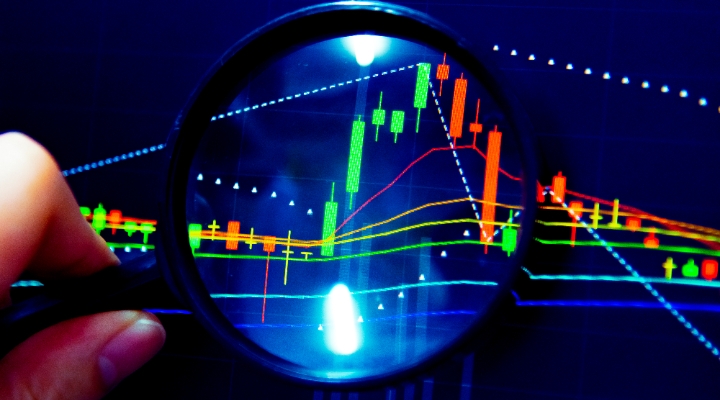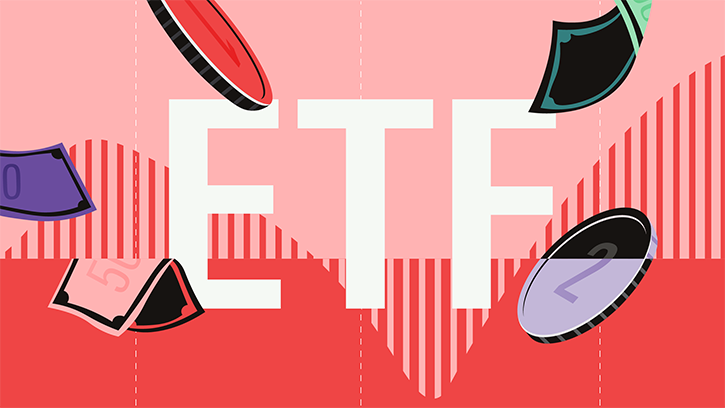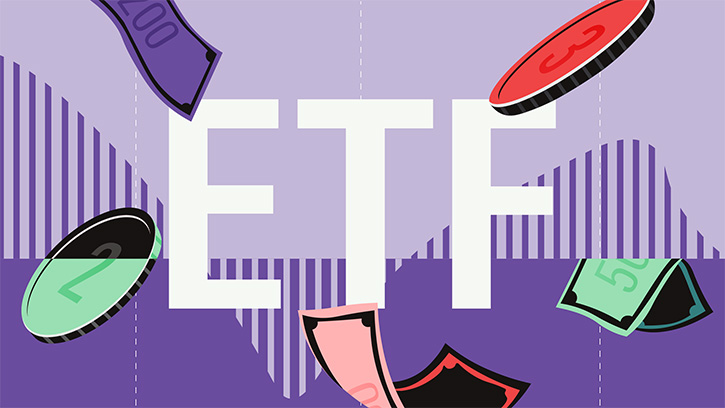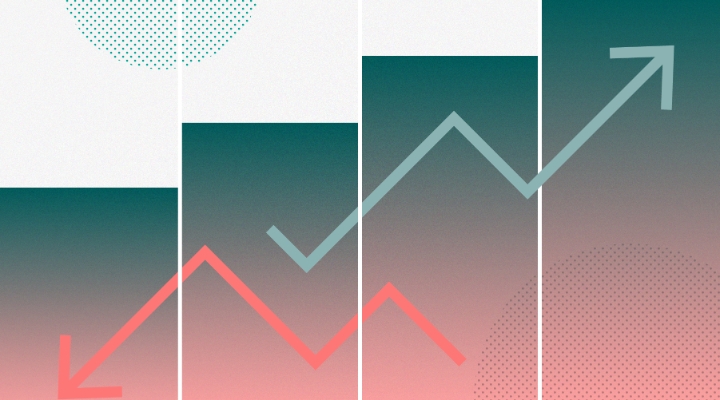
The European exchange-traded funds (ETF) and exchange-traded commodities (ETC) markets ended 2023 with record inflows in the final quarter of the year.
European index funds reported inflows of €45.7 billion (£39.3 billion) in Q4, a leap of 45.5% from the previous quarter, when both markets had absorbed €31.4 billion in funds, new Morningstar data for the end of last year shows.
Overall, ETF and ETC products waved 2023 goodbye with total inflows of £143.9 billion, while total assets closed the year at a whopping €1.64 trillion, a 9% increase from Q3 levels of €1.5 trillion.
Why Did ETFs End The Year on a High?
Much of the rebound was due to buoyant equity markets, which led to generous inflows, but there was also an apparent rebound away from China markets into proxy markets providing indirect exposure to Asia's biggest economy.
Meanwhile, European equities benefited from more optimistic sentiment for rate cuts in 2024, thanks to cooling inflation and the gradual acceptance that the US economy might well execute a so-called "soft landing".
In 2023 Equity ETFs brought in €89.7 billion of flows, a 73% jump from 2022's highs of €51.8 billion. At the end of the year Equity ETFs held the vast majority of ETF assets – a totalling €1.12 trillion by Q4.
Where Did Investors Put Their ETF Money?
Morningstar data shows the bulk of flows into European ETFs and ETCs were for those which provided exposure to developed markets, with the US the preferred destination.
The US large cap blend equity Morningstar Category topped the quarterly flows league with €16.6 billion. Although it's a category where the US usually domintes, global large-cap blend equity ETFs came in second place with inflows of €8.7 billion.
One category whose flows were larger than expected was Japan Large-Cap Equity. ETFs invested in Japanese stocks brought in around €2 billion by Q4, pushing the total annual inflow into these products to €31.5 billion.
As Morningstar argued last year, Japan's stagnant economy has given way to a revolution in corporate governance, while China's fall from grace has added to the country's appeal.
As expected, China was shunned by investors in Q4, although the UK and Germany experienced a degree of investor malaise. These latter two categories closed 2023 with net outflows of €0.3 billion and €1.2 billion, respectively.
Money market ETFs also saw inflows of €5.1 billion, meanwhile, a skyrocket of 171% relative to those achieved in 2022. This was due to strong demand for ultra-short duration strategies, Morningstar analysts said.
Inflows into fixed income products also witnessed a dramatic increase, totalling €57.2 billion. This was a 72% hike from the €33.2 billion recorded in 2022. By Q4 flows into bond ETFs amounted to €14 billion, up from €12.2 billion in Q3.
"Other bonds", a category made up of currency hedged share classes of ETFs with exposure to numerous bond markets, topped the top 10 list for inflows in Q4, reporting €4.19 billion.
But Corporate bond ETFs also fared well, bringing in €3.4 billion of flows in Q4. This category was also the largest in the fixed income European ETF market with assets of £51 billion and total annual flows of €11 billion by year-end.
What Does The Gold Exodus Mean For Markets?
As was expected, short-term bond categories suffered in Q4, which could signal investors expect interest rates to come down soon.
USD Government Bonds – Short Term; USD Ultra Short-Term Bonds; and EUR Corporate Bond-Short Term were the categories hit hardest, suffering outflows of €0.54 billion, €0.72 billion, and €1.28 billion, respectively.
Commodity ETCs and ETFs also endured heavy outflows of €4.9 billion in Q4. In 2023, investors pulled €9.2 billion out of commodity ETFs and ETCs, and overall assets for the products bled €4 billion, making a final total of €101 billion.
Much of the outflows were encouraged by precious metals, and especially products exposed to gold. However, that could be another sign of investors' hopes for 2024 as they abandon the safe-haven asset.







.jpg)




















